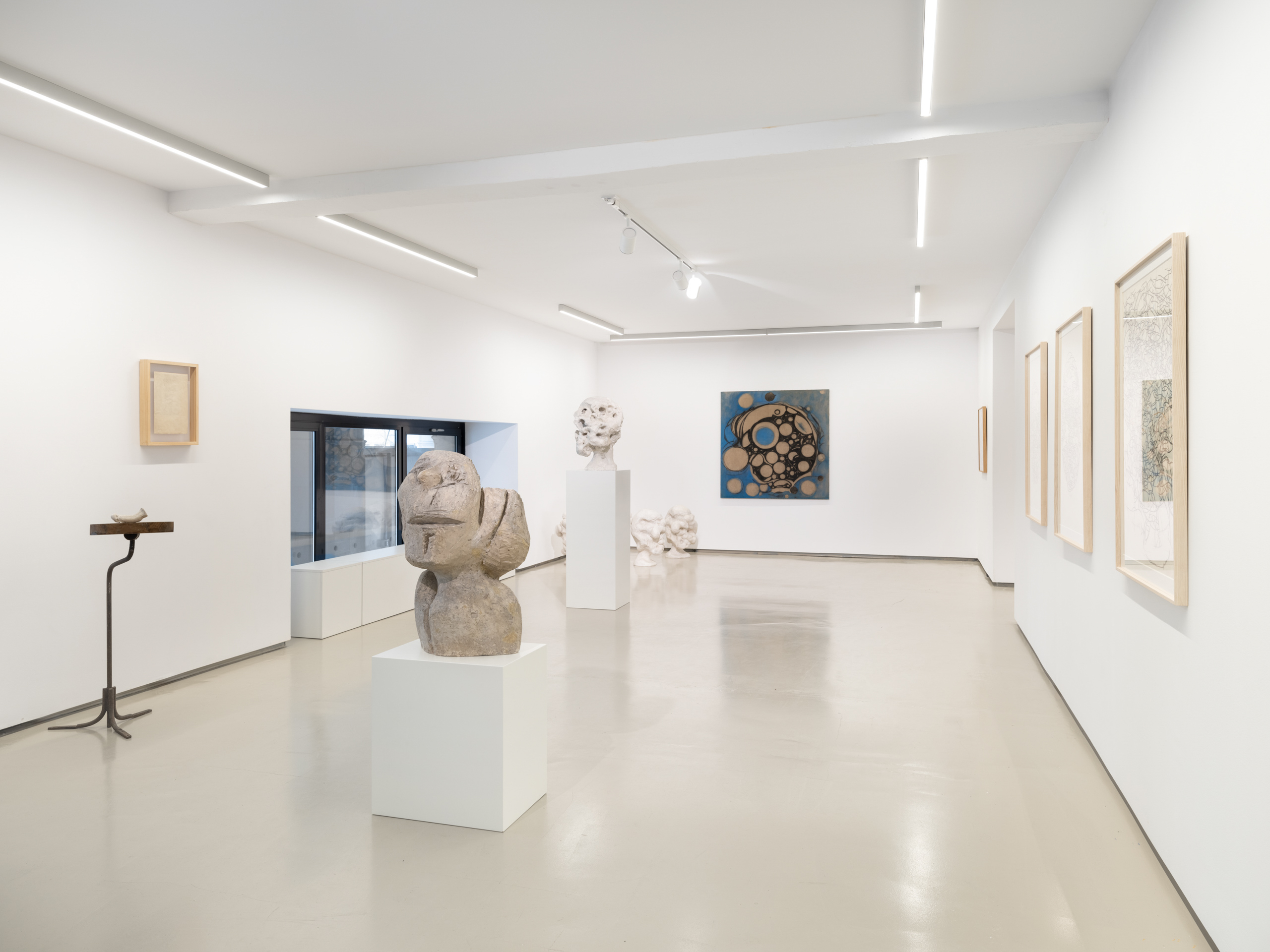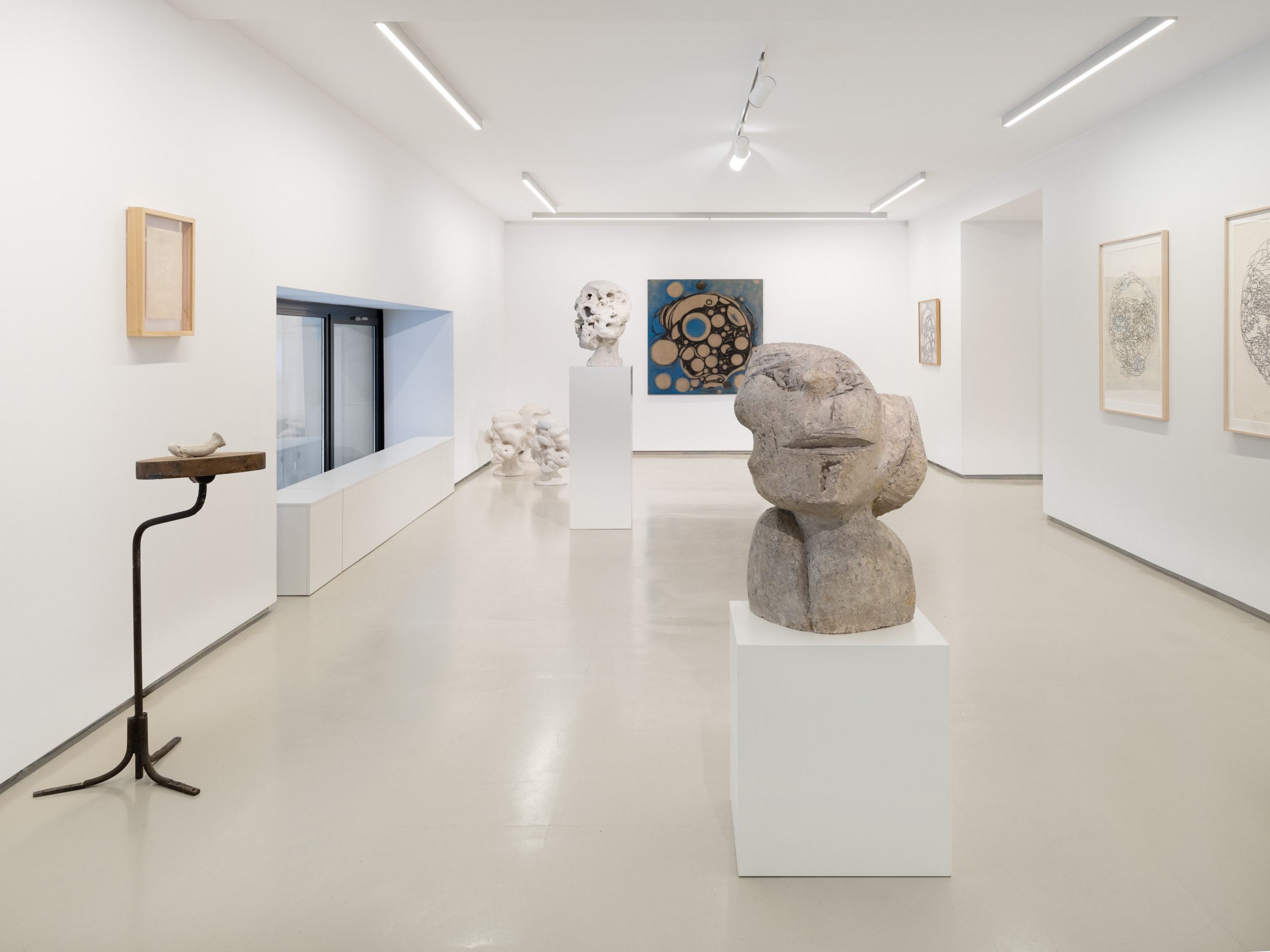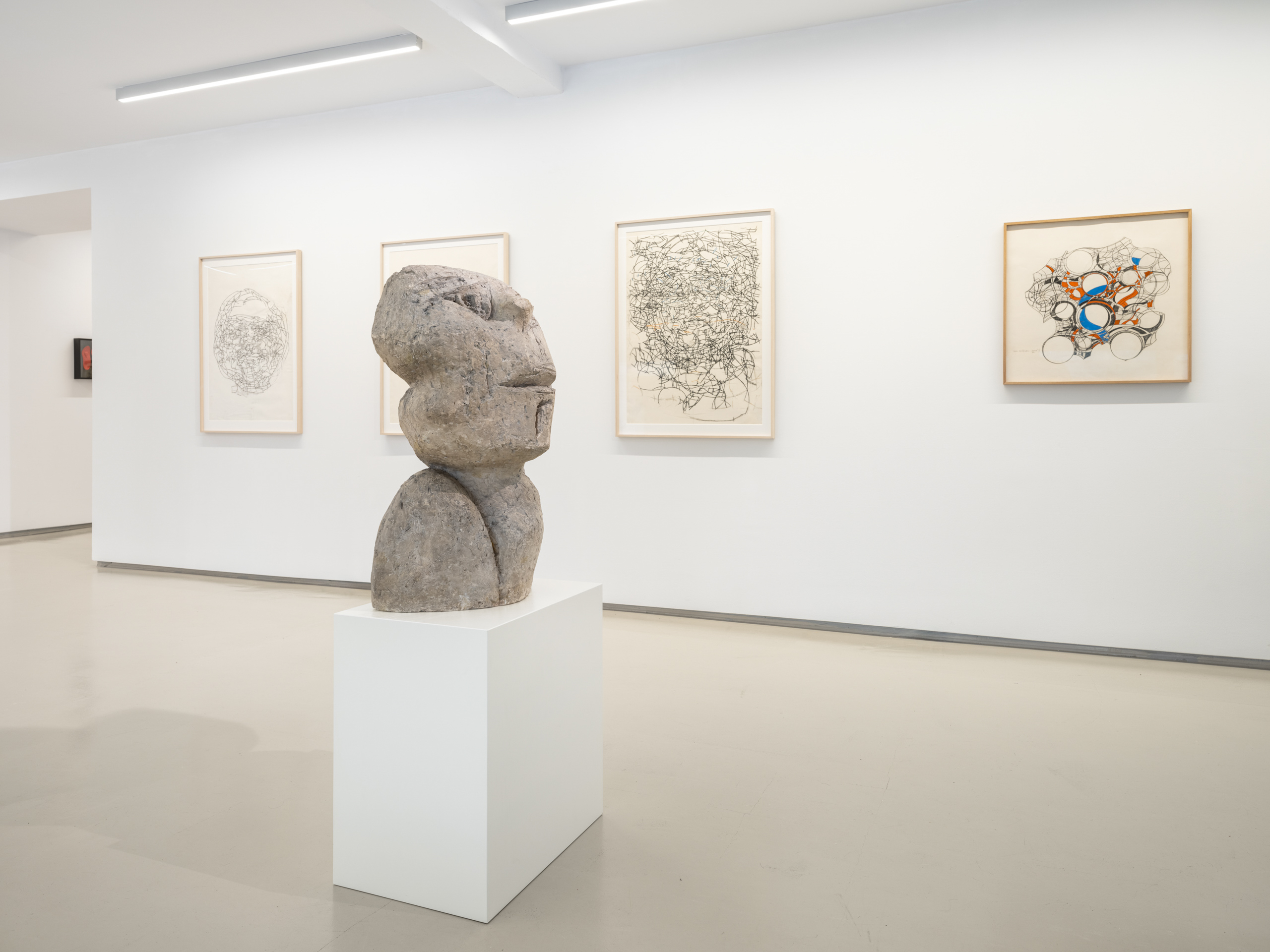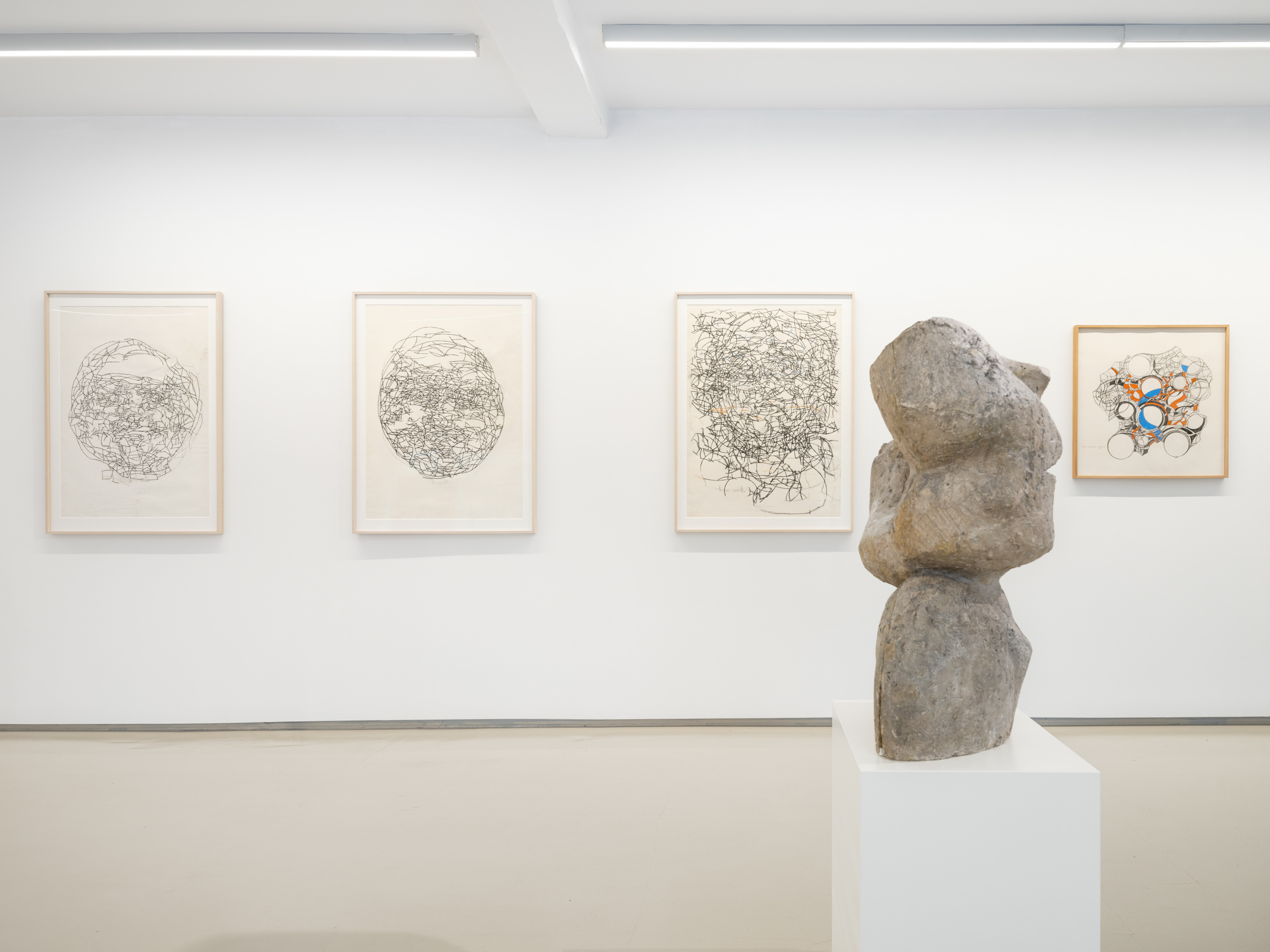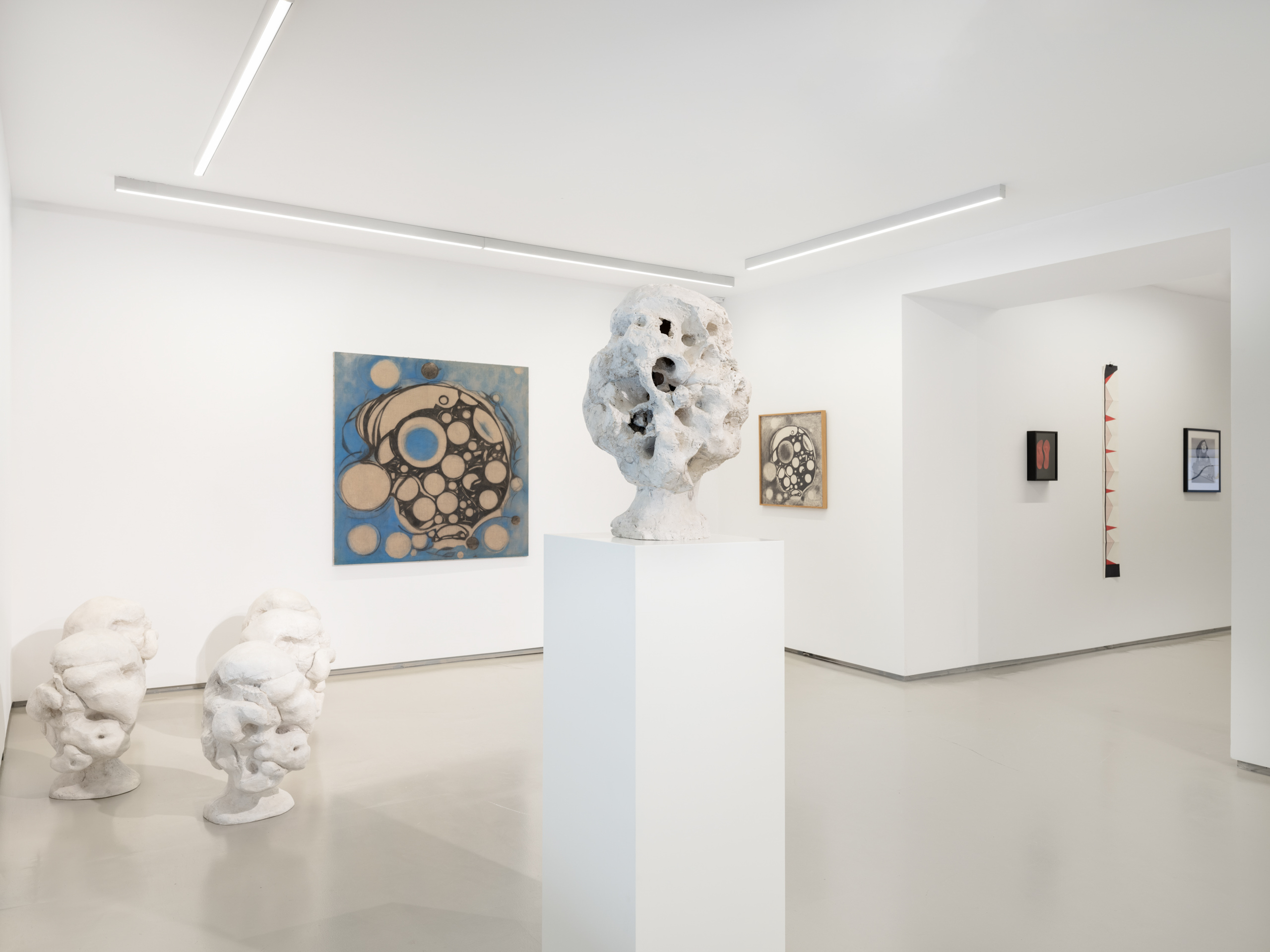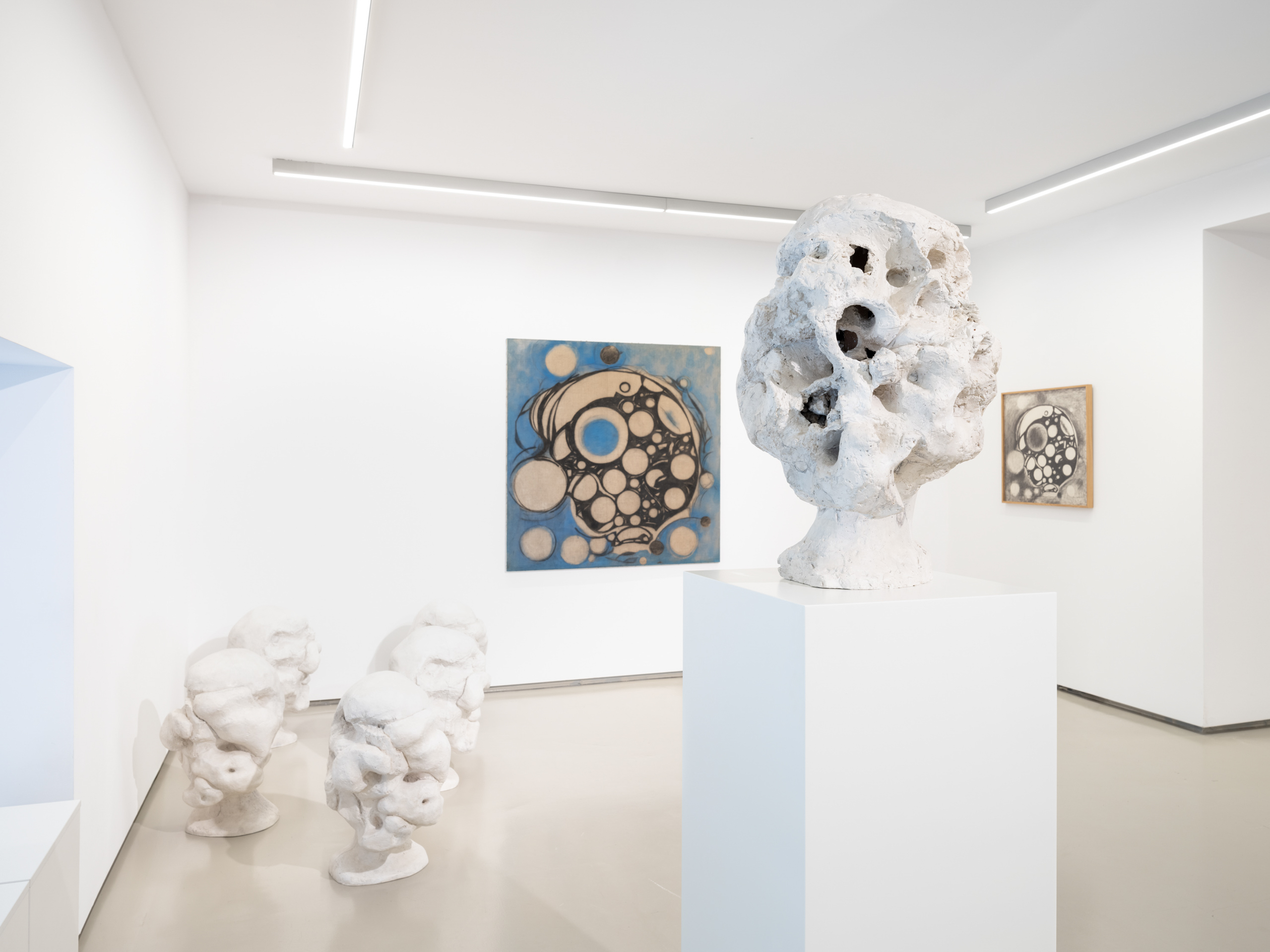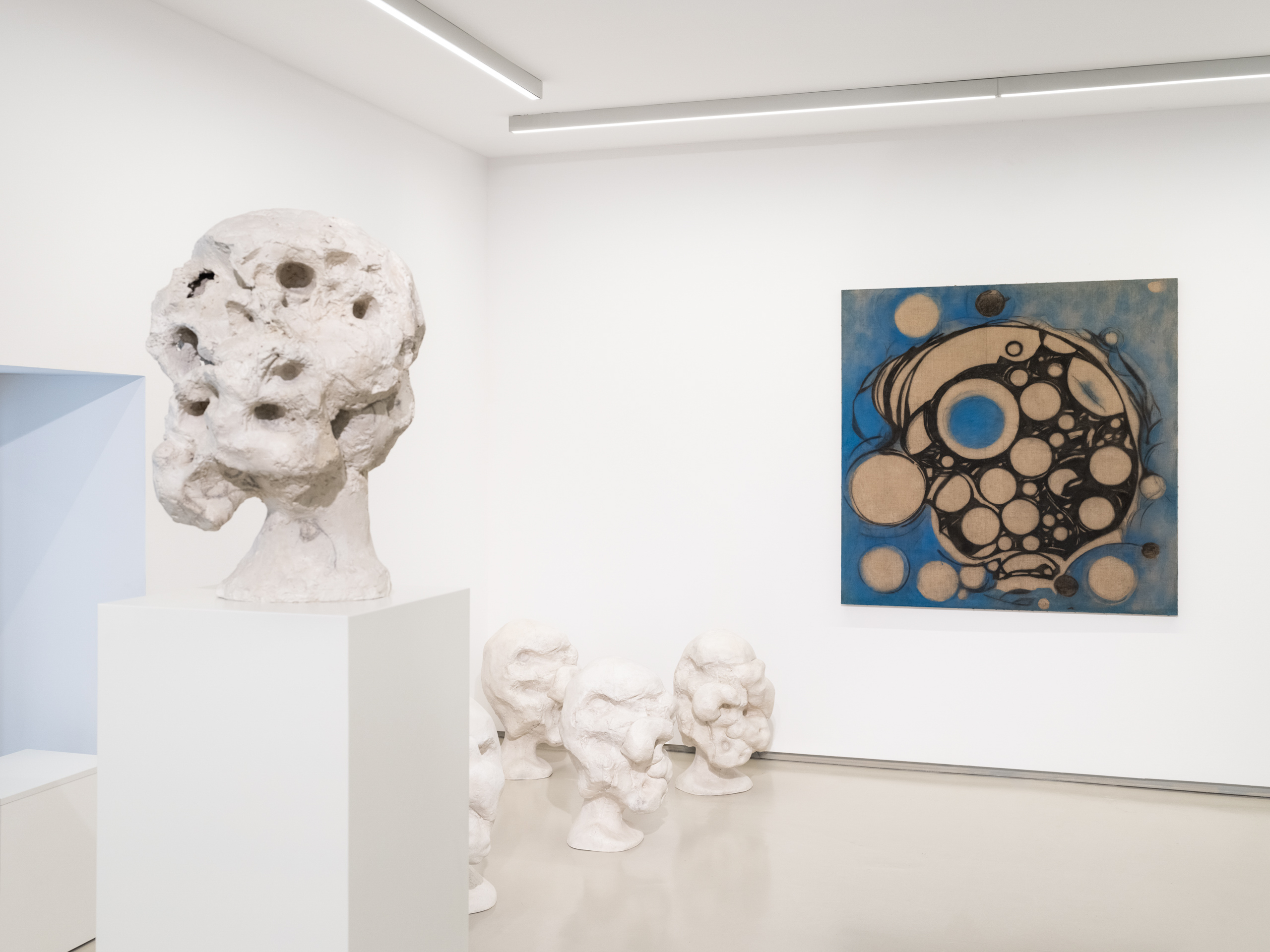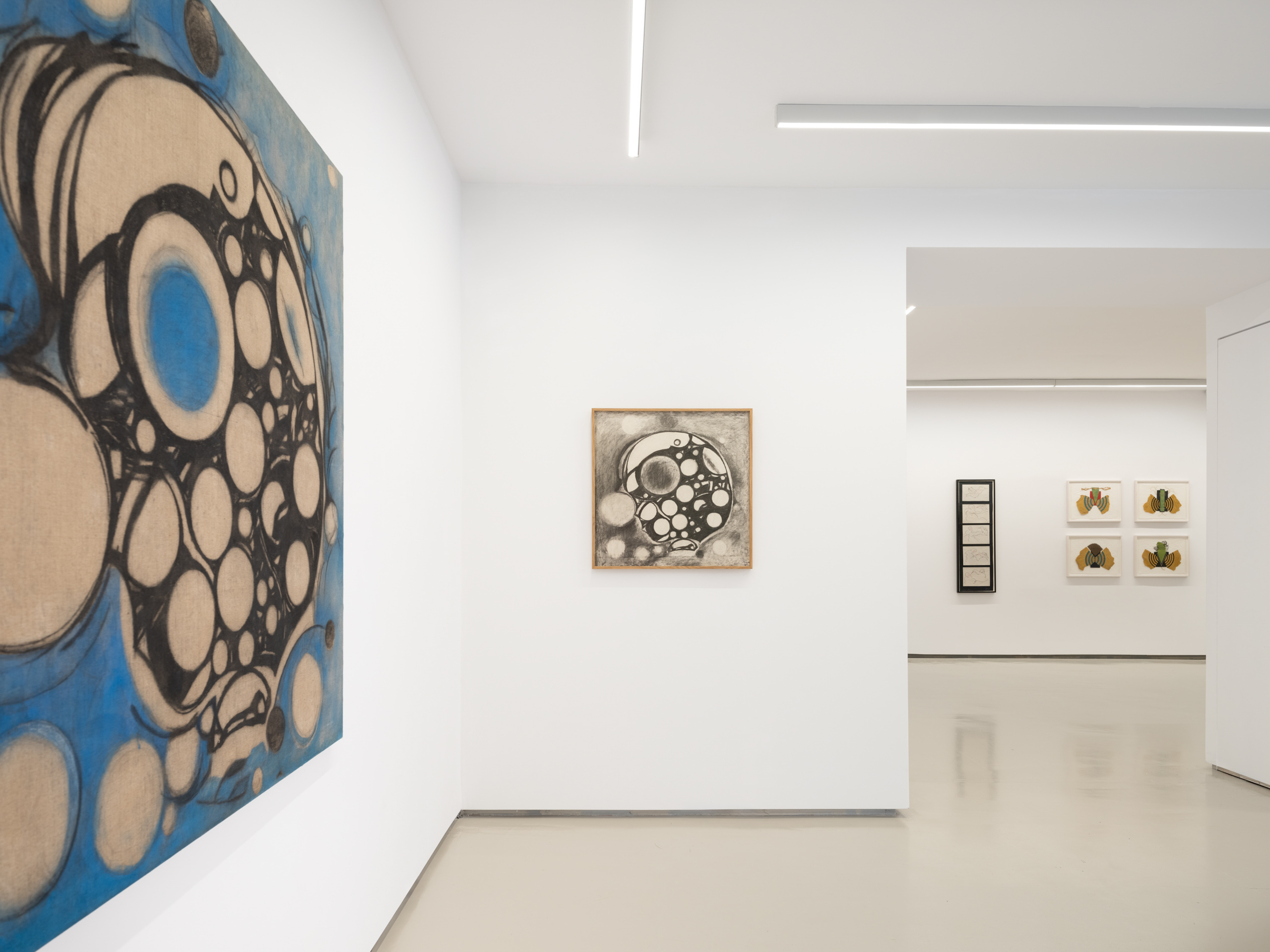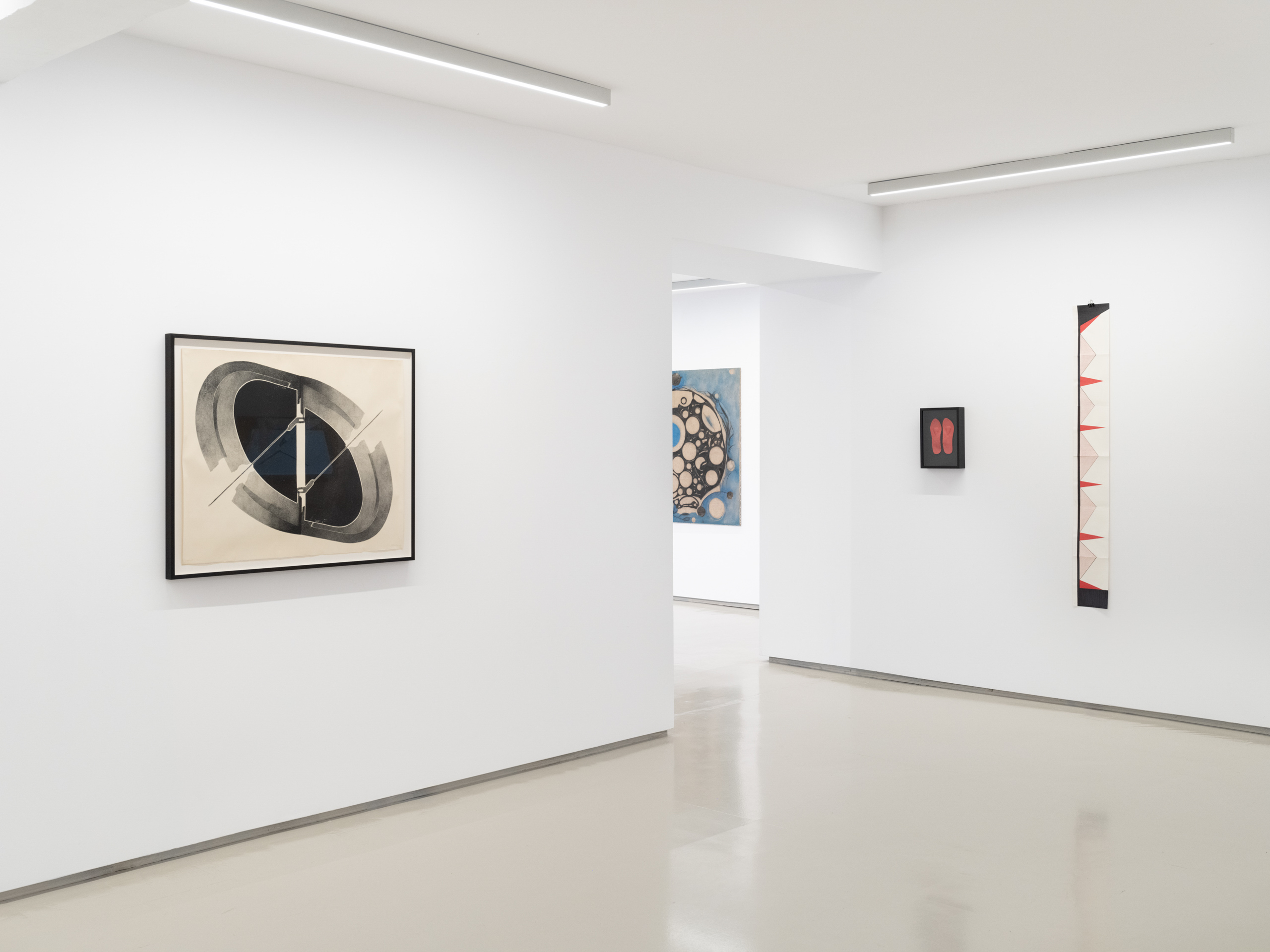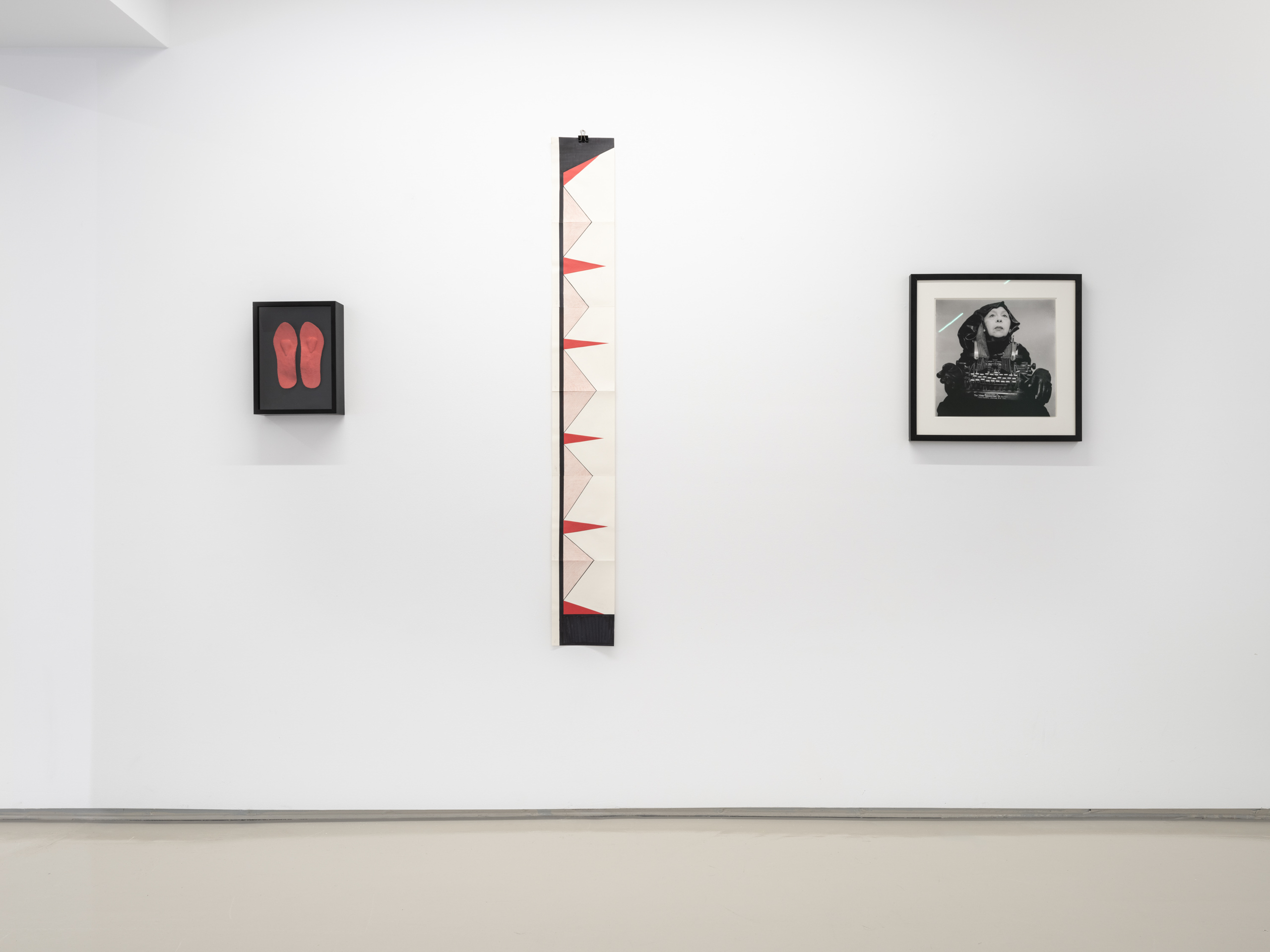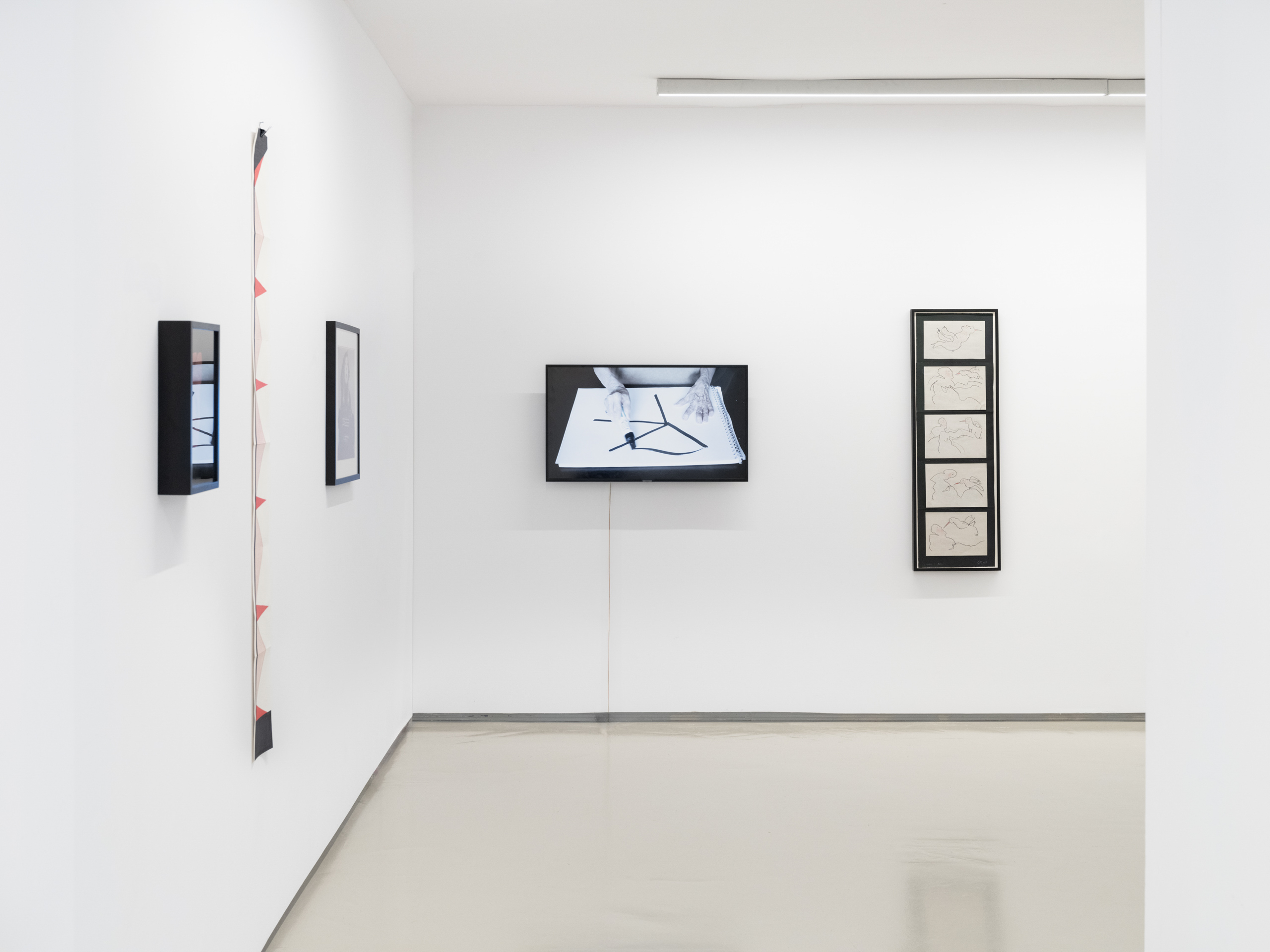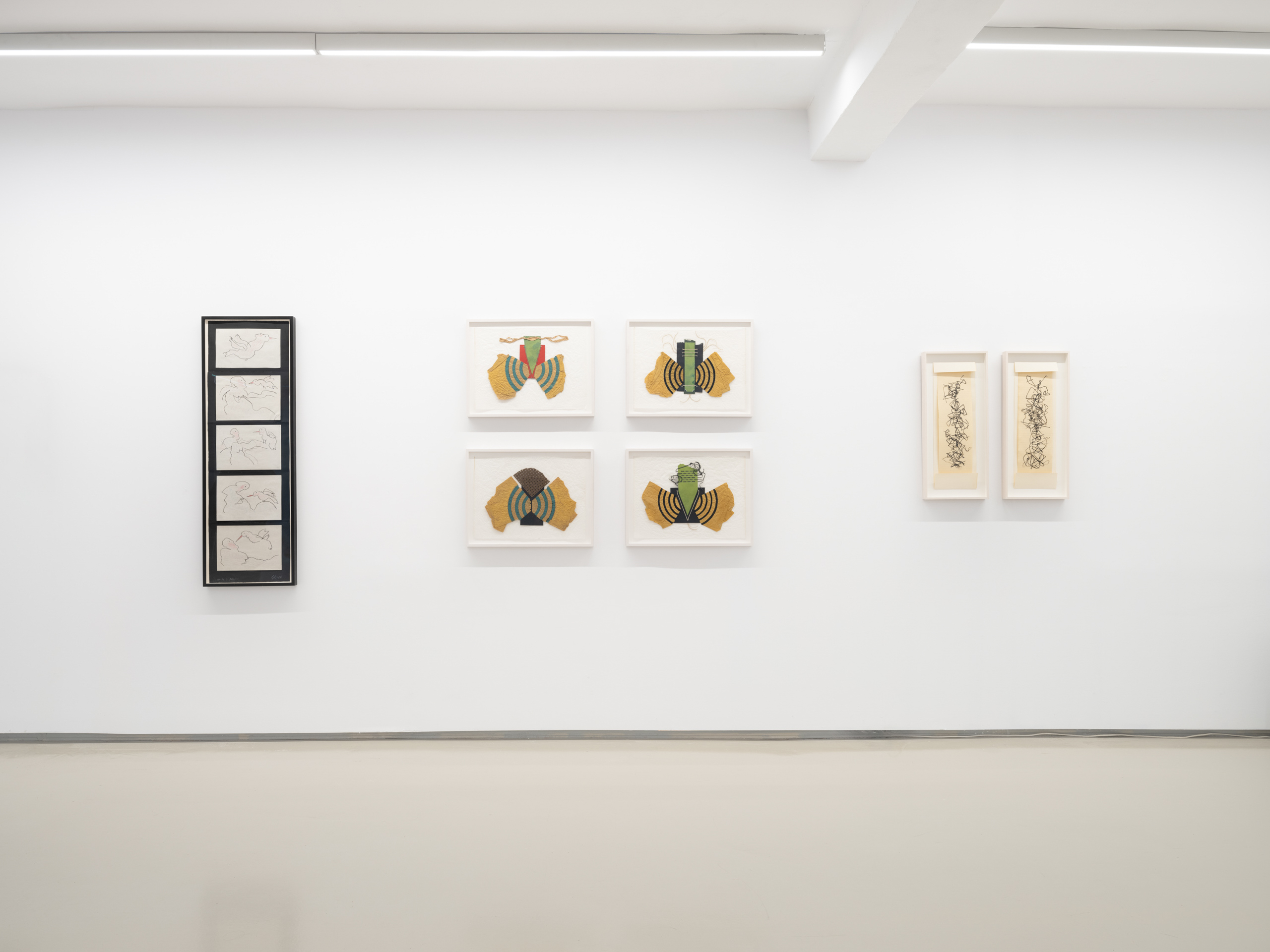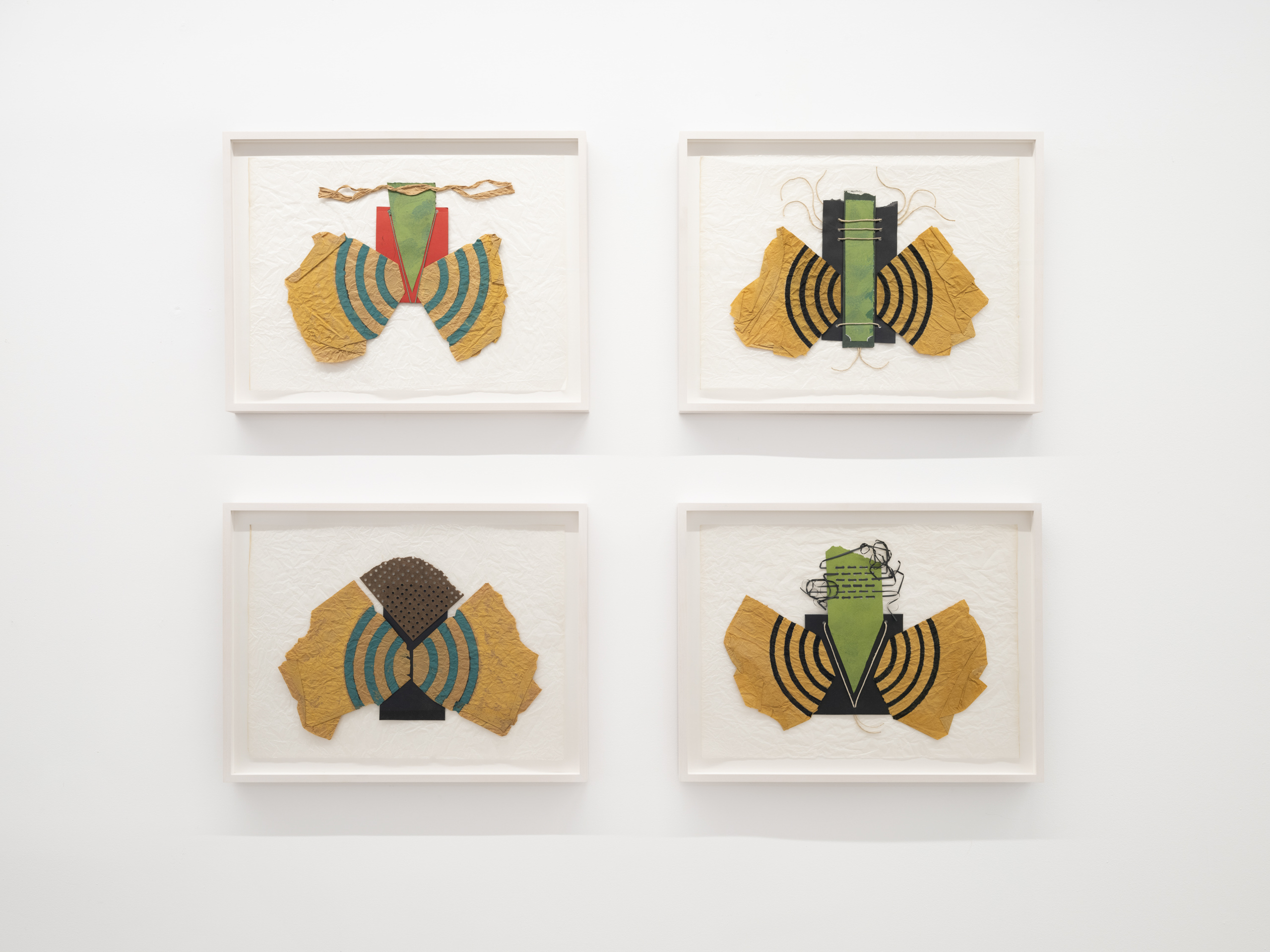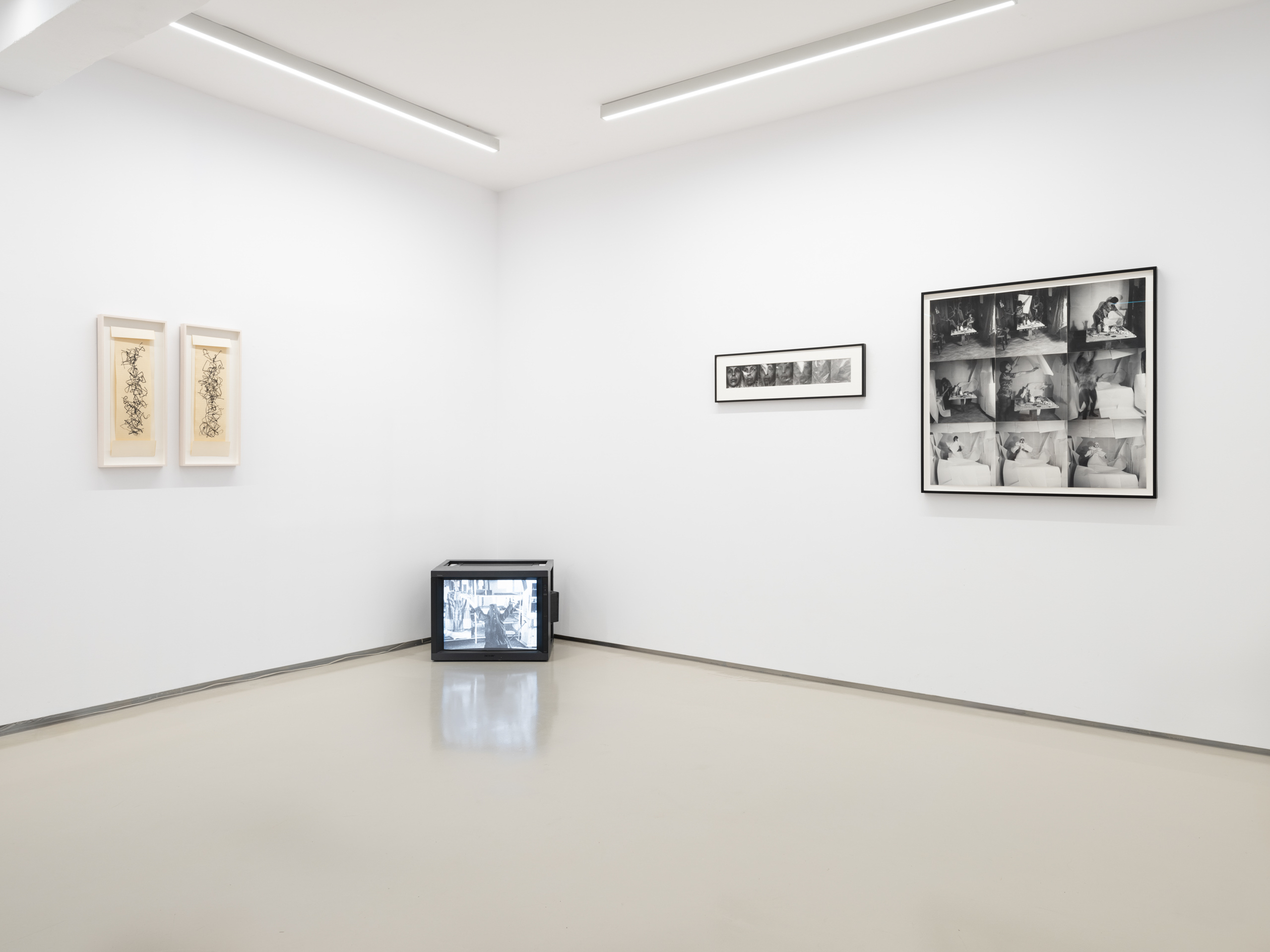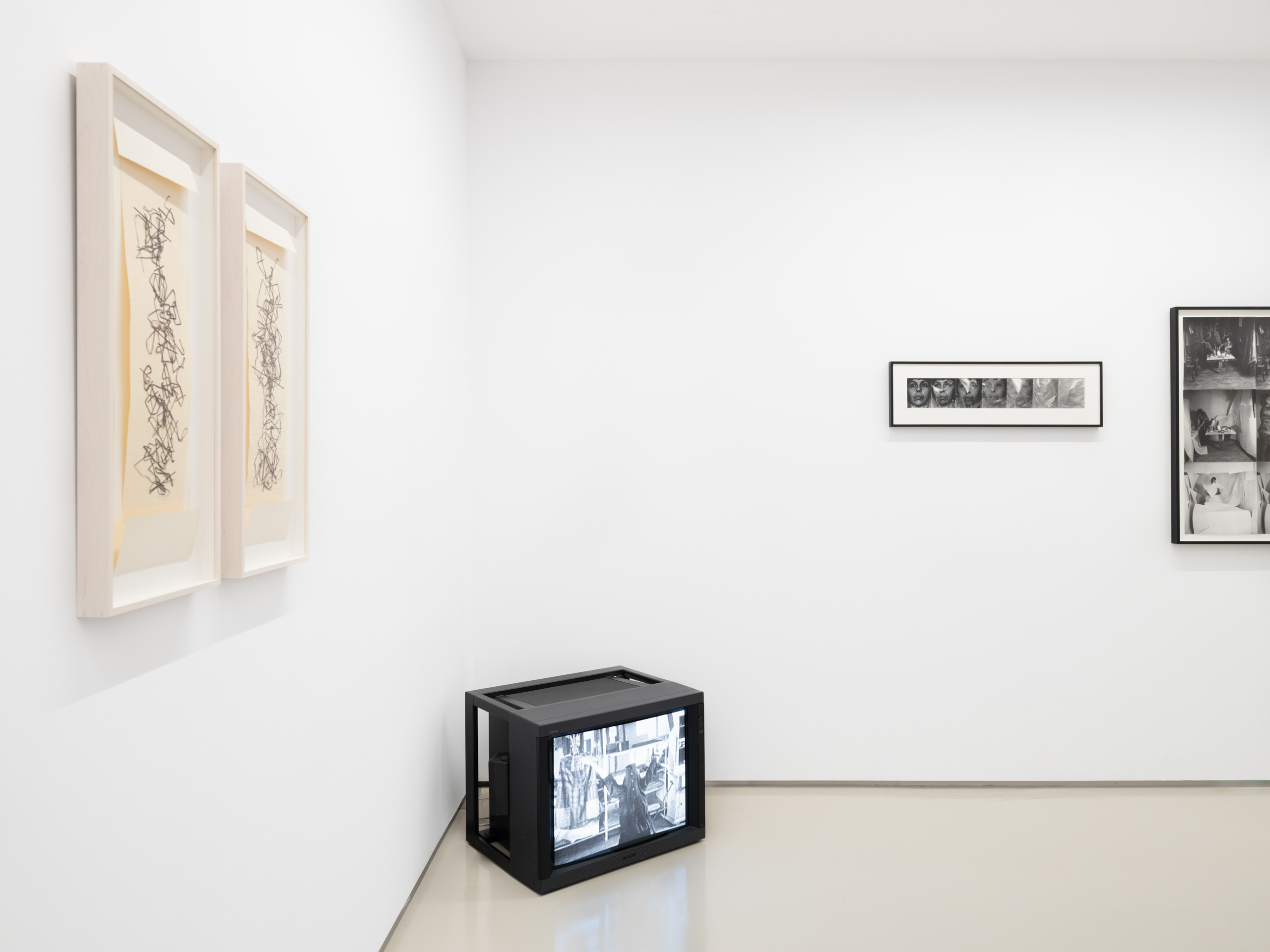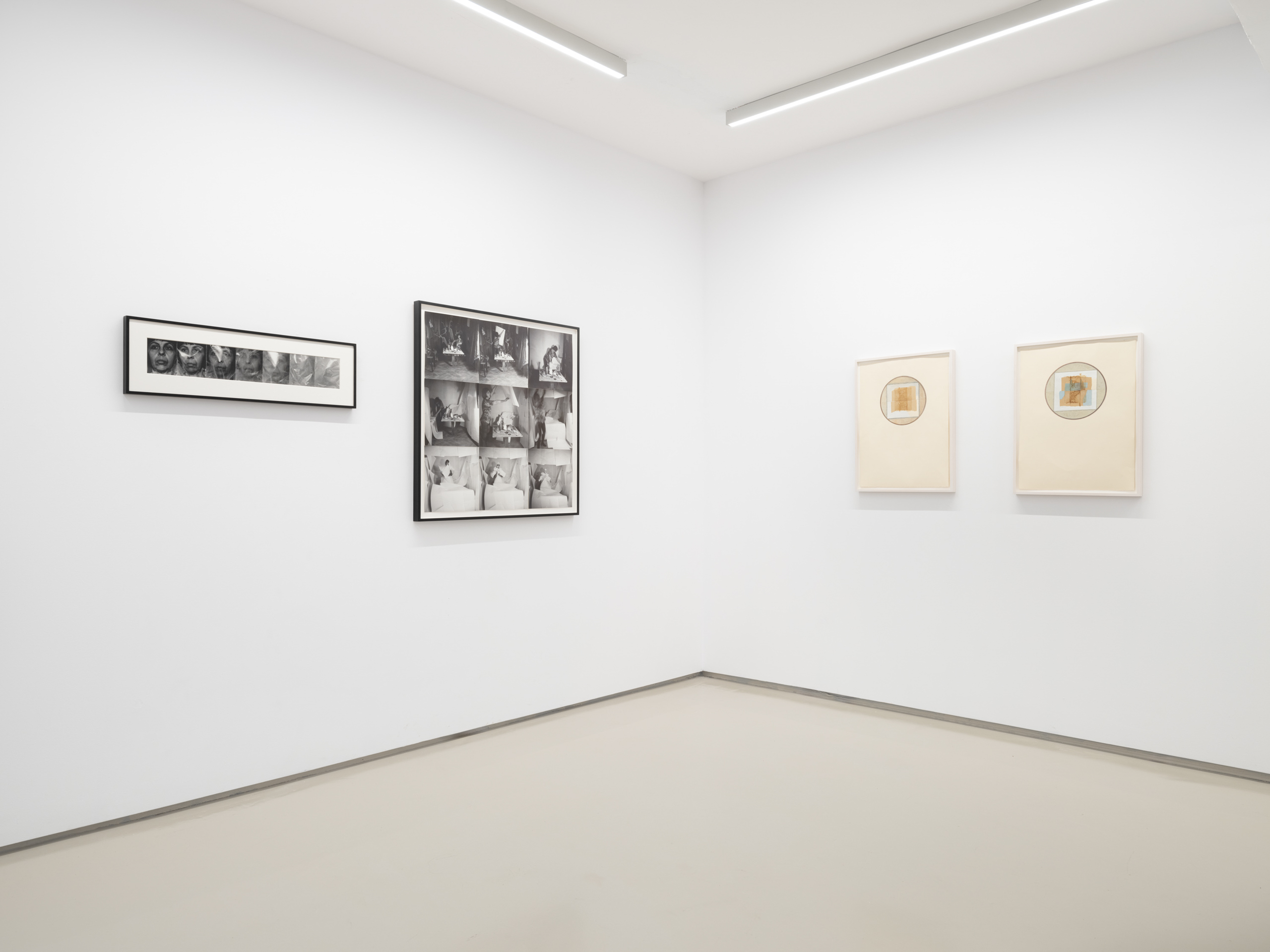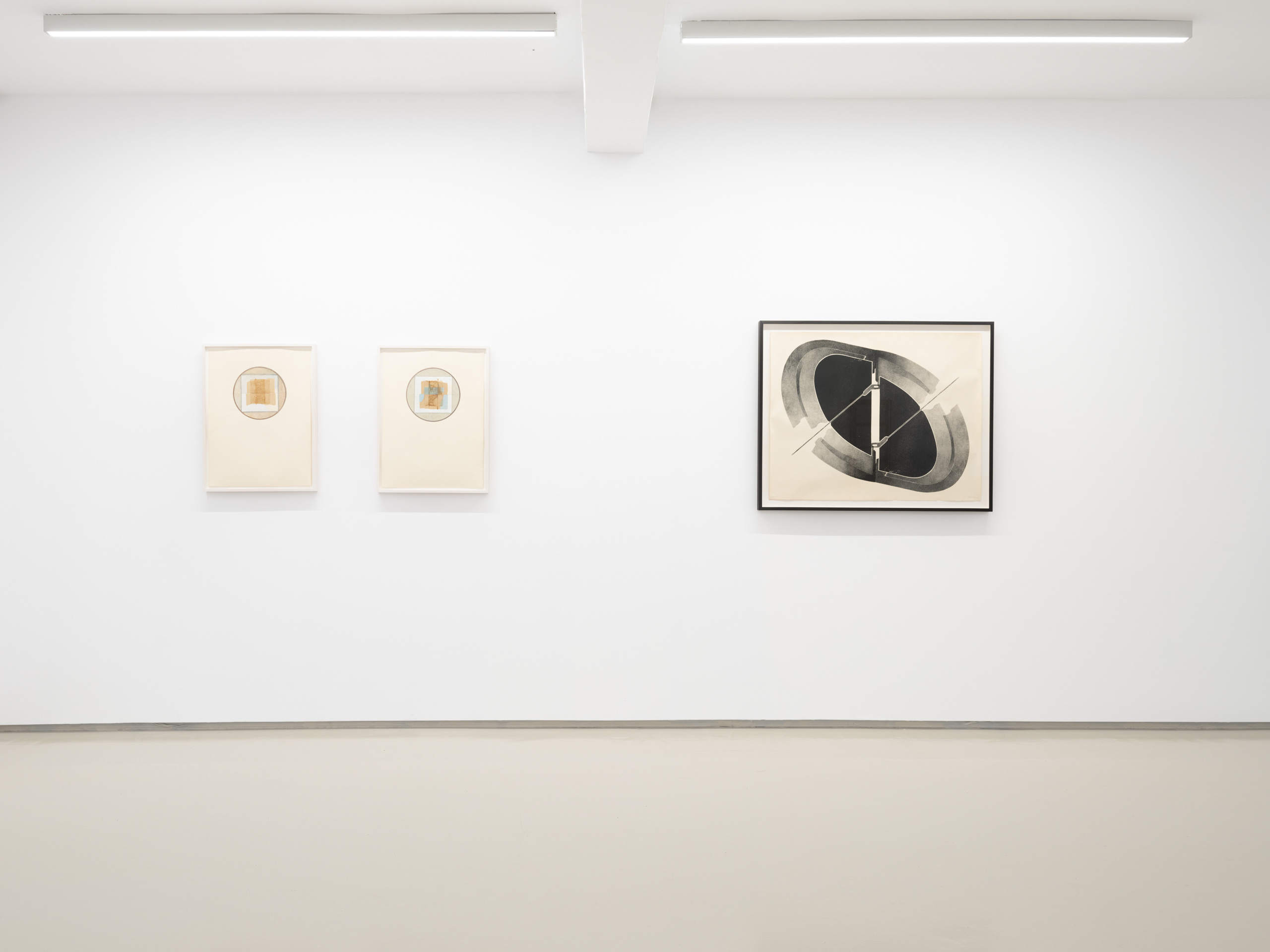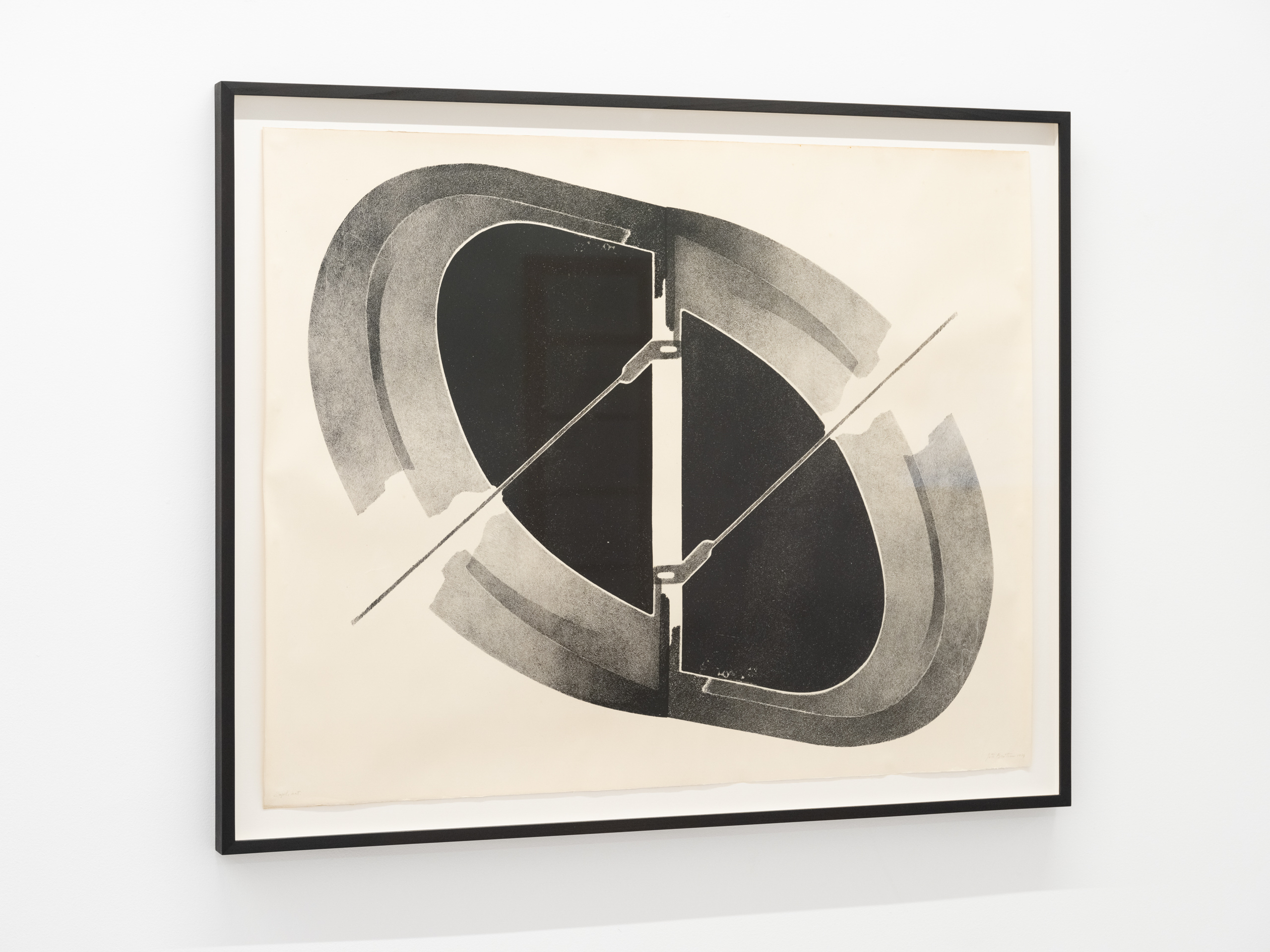Geta Brătescu
Wanda Czełkowska
April 6 – May 18, 2024
Galeria Monopol is thrilled to present the duo show of works by Geta Brătescu and Wanda Czełkowska, hosting Ivan Gallery, Bucharest, as a part of CONSTELLATION. It is the first joint exhibition of the artists, showcasing their diverse body of work. The presentation consists of works created with different techniques in different periods, introducing their versatile approach to art. Moreover, the complex artistic statements of Brătescu and Czełkowska point to numerous parallels that result from their inner motivations and the socio-political realities in which they functioned.
Geta Brătescu and Wanda Czełkowska shared the experience of living under a totalitarian regime. Brătescu experienced the Soviet occupation and then the repressive leadership of Nicolae Ceaușescu. Czełkowska studied in the times of socialist realism doctrine and afterwards functioned as an artist in the reality of the Polish People’s Republic. Both were completely serious about their art, while playing with paradigms, forms or tendencies like conceptual and minimal art on the other side of the Iron Curtain. Both took language as their starting point – Brătescu studied at the Faculty of Letters and Philosophy at the University of Bucharest, and Czełkowska read works devoted to modern art, French philosophy and contemporary music during her studies at the Academy of Fine Arts in Krakow. Their intellectual influences resulted in a focus on ideas and narratives instead of the primacy of form or technique.
A further common point was their perception of the studio going beyond a normative definition of a workspace. Brătescu described her studio as a kind of internal self-portrait, a space that extends beyond its walls, a mental space defined by words, by writing, a place for the material transformation of something into something else. Czełkowska worked and lived in her studio for most of her life, blurring the line between private life and the artistic process. In the political context, their studios can be perceived as places far away from the apparatus of oppressive authority. Its surplus value is revealed in the entangling of the subject with a creative process and a spatial extension of one’s existence.
Brătescu differed from Czełkowska in her working method. The Romanian artist focused on concepts such as inner vision and automatism, understood as crucial contributions to the creative process. Czełkowska’s approach to art-making was more analytical. Her love for French philosophy emulated into mathematics. Their approaches were oriented in a kind of contradictory way – one towards the mechanical, the other towards the organic. While Brătescu was warming up the conceptual language of expression, Czełkowska was dematerialising it and eliminating further formal aspects of sculpture. The opposing azimuths chosen by the artists had a familiar source – the need to preserve artistic freedom.
The exhibition at Galeria Monopol may be interpreted in two ways. On the one hand, it could be two small-scale surveys. On the other, it could be a correspondence between a body of work displayed in different rooms of the gallery. The show brings together two pioneering artists who transcended the geographical barriers and gender roles of their time. Their creative imperative resulted in a multidimensional output that allows us to redefine the framework of 20th century art and negotiate the boundaries between personal life and artistic process.
Franciszek Smoręda
